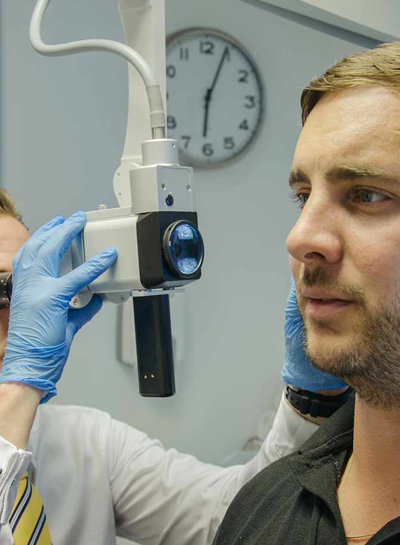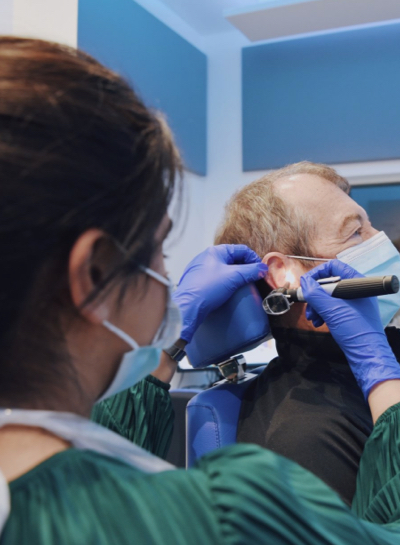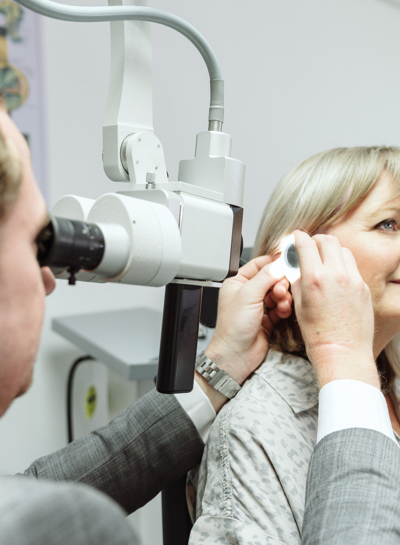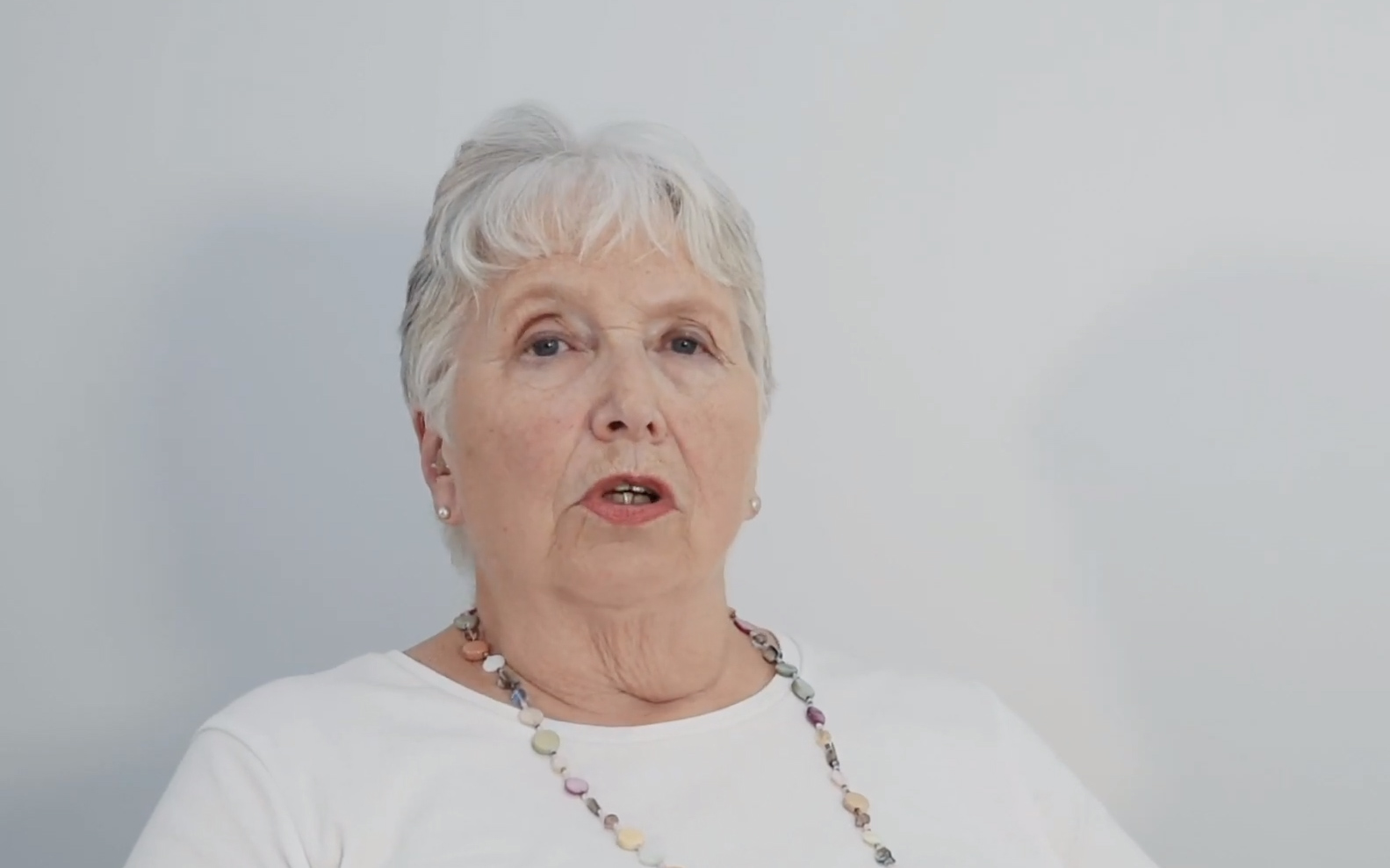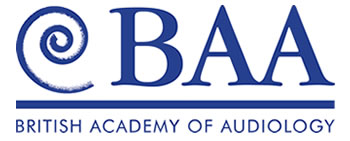When you are considering purchasing any electronics, whether it be a TV or a laptop, you often look at and compare features. The way most people approach the purchase of hearing aids is no different. They will often try and compare the features. Hearing aids have many different features that deliver differing benefits to hearing aid users. However, they get harder to understand as you try to compare them across different manufacturers.
So many different names for features that in essence all try to do the same thing. Of course, that does not mean that all the features are the same, some do the things they should in a better manner. All modern hearing aids would have some mixture of high technology features designed to help you hear better. The level of those features and the overall benefit to you is dependent on the level of technology of the hearing aid and the manufacturer.
Audible indicators
Audible indicator tones are used by all manufacturers to inform you of the changes that you are making to the hearing aids. They are audible feedback to you to let you know which program is currently in operation, that the volume control has changed or that the battery level is low. The tones normally tend to be a beep or melody, however Widex use real speech to announce the programmess that you are on and whether the battery is low.
Automatic programme
Listening programmes are pre-set to work in different listening situations such as restaurants, they are pre-programmed into the hearing aid. This allows you to optimise the hearing aid settings for different listening conditions, for example speech in quiet, noise, TV and music. You can select each listening program by using a switch or push button on the hearing instrument or via a remote control. However, an automatic program selects the optimum instrument settings without you having to intervene. The hearing aids identify the sound environment, then they automatically switche to the appropriate settings. Differing manufacturers provide automatic program that recognise differing amounts of sound environments.
Binaural synchronisation
Binaural synchronisation is a feature that was introduced with the advent of wireless hearing aids. Originally, the feature ensured that the settings, such as volume level and programme, were synchronised across two hearing aids. This feature ensured that if you made a change on one hearing aid, It was automatically changed on the other. This meant that the two devices are always properly balanced. The featured has advanced much further than that now, in high technology levels, this feature allows the hearing aids to act as an integrated system using binaural compression.
Binaural Compression
This is a feature that has been more recently introduced, Widex introduced it in their top range hearing aids in 2009. Many other manufacturers have followed suit in more recent times. Binaural compression is achieved by using both hearing aids to analyse and understand the surrounding sound environment. They communicate to each other exactly what they are hearing. This information exchange allows the hearing aids to make decisions on what they present to you as a system.
This allows them to replicate the normal sound cues that we receive with normal hearing. People who use it report that the sound of these systems is the closest to natural they have ever experienced. We also believe that because the natural sound cues are preserved, it is easier for the brain decipher what it is hearing.
Compression channels
These are divided in a similar fashion to frequency bands which we will describe later. However, unlike frequency channels that are designed to split the frequencies of sounds into different areas for amplification, compression channels are divided into a number of channels that restricts the range of sounds that you are exposed to.
This allows us to tailor make the amplification for you, ensuring that soft sounds are audible and loud sounds are never intolerable. This feature is particularly useful for first-time hearing aid wearers who have become accustomed to a certain level of volume. This division of channels allows us to make frequency-specific adjustments independently in just that area of sound. Some hearing aids have more channels/bands than others.
Data logging
Data logging is a feature within hearing instruments which records information about the use of the hearing aids. This data is made available to us in order that we can review it for fine tuning purposes. Unitron have released a particularly powerful data logging tool with their new North platform. The data that is normally recorded includes: hours of use, types of listening environment encountered, listening programmes used and the volume control position. This information allows us to discuss how you are getting on and to identify any opportunities to make changes to the hearing aids that will be more beneficial to you.
Feedback cancellation
Feedback is the shrill whistle that hearing aids were once famous for, feedback can be due to a poor fitting of an ear set or in ear hearing aid. This allowed amplified sound to escape, which was re-processed by the hearing aid resulting in a screech. It is similar to the screech you will get from a speaker when a microphone is brought too close.
Feedback cancellation is a feature that was introduced in digital hearing aids to overcome this problem. The features have become exceptionally good at dealing with the problem. Most modern hearing aids will not whistle unless there is a large build up of wax in the ear canal. Even then, sometimes they will not whistle. The actual features differ in operation across manufacturers, however they all result in the feedback being cancelled.
Directional microphones
Directional microphones are the feature that has the single biggest impact on your ability to hear in noisy sound environments. In essence, hearing aid manufacturers use two microphones in a hearing aid that allows them to have two separate points of information about the sound environment. The information from both microphones is used by the computer brain of the hearing aid to separate what sound is coming from the rear and what sound is coming from the front.
This allows the hearing aid to present the sound to the user with a reduced level of sound coming from the rear and concentrate the sound coming from the front if that is what is needed. Directional microphones enable you to target the direction of hearing, as you require, from hearing all-round sound to being more focused on a single person or object. Modern directionality can allow you to focus the beam of hearing in any direction, for instance to your right, left or backwards when you are in a car. Allowing you to hear the driver, passenger or rear seat passengers.
Adaptive directional microphones
This is a feature within the computer brain that increases the power of directional microphones. The feature uses the microphones to detect the location of the strongest noise and adapt its sound pick-up to minimise that noise. If the noise source moves then the sound from the microphone system adapts to keep that noise reduced. Most modern adaptive systems can work in more than one frequency band allowing the reduction of several different noises at one time even if they are all moving at different positions around you.
Automatic directional microphones
Automatic directional microphones do everything we have discussed in the previous two paragraphs automatically. They just work, no input needed.
Frequency bands
Sound is split into frequencies, think of the singing scales for a good analogy. Hearing aids concentrate on the frequencies involved in speech. The frequency range of the hearing instrument is divided into a number of bands in which the amplification can be controlled to match your hearing loss. If you remember the old graphic equaliser features on music systems, frequency bands in hearing aids are used in a similar but more complex manner.
Each manufacturer is different, some call them bands and some call them channels. No matter what they are called, they allow us to custom tune the hearing to your needs. The more frequency bands that the aid has, the finer the customisation for you. It means that we can deliver crisper, clearer hearing that is designed for you and your hearing loss.
There is quite a bit of debate about how many bands matter, the opinion differs among manufacturers. For instance Widex believes that fifteen is the limit, that any more than fifteen brings no more benefit, however GN ReSound believe that 17 is the best. No matter, the more bands or channels that a hearing aid has the better.
Noise reduction
Noise reduction is designed to help you hear better in noisy situations, it attempts to reduce the perception of noise so you can understand speech better. It makes it more comfortable for you in noisy conditions, it automatically recognises the background noise, for example in traffic noise in the street, busy pub or restaurant, and then goes to work.
Speech enhancement
Speech enhancement is something that again has been around for several years. With advances in computer processor chips it has got better at what it does. Speech has a very different pattern to noise which allows the processor to identify it. This feature allows the processor in the hearing aid to identify those speech signals and enhance the presentation of them. In essence it analyses sound signals and, where most noisy, reduces background noise and maximises speech.
Transient noise reduction
This feature is a noise reduction system that identifies and suppresses sudden impact sounds, such as breaking glass, shutting doors and clanging dishes, without affecting speech clarity. It differs from normal noise reduction by the rate of attack, it acts quickly. It is known by many names across the different hearing aid manufacturers such as sound-smoothing, hammer noise protection and anti-shock. No matter what it is called, it allows the hearing aid to process sudden or loud noises in a more comfortable way for you, delivering a better more comfortable experience.
Wind noise reduction
Wind noise reduction is an electronic system that reduces the annoying sound of wind rushing over the microphones. The hearing aid detects windy conditions and adapts the hearing aid sound output automatically for maximum comfort. This feature is great for people who participate in outdoor activities, such as golf.
If you have any questions about hearing aids, or their features, give us a call on 01905 617803 or book an appointment online.


 Request An Appointment
Request An Appointment
